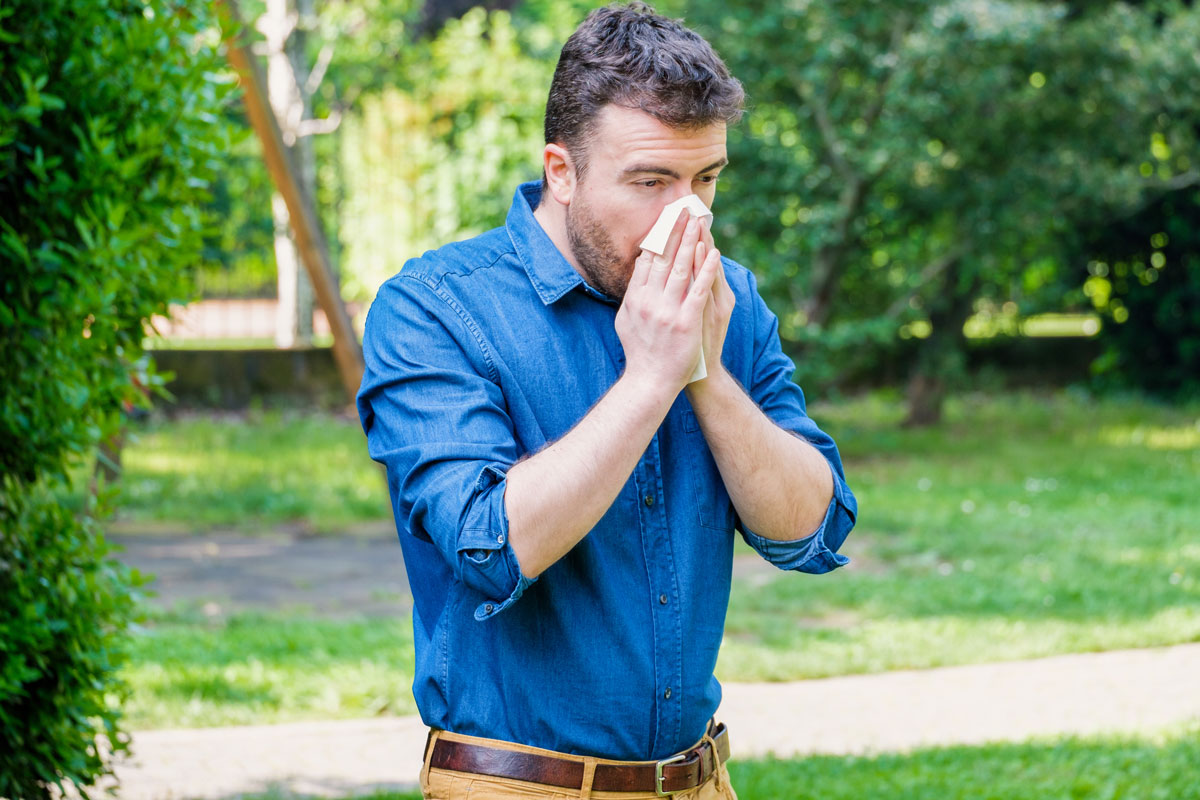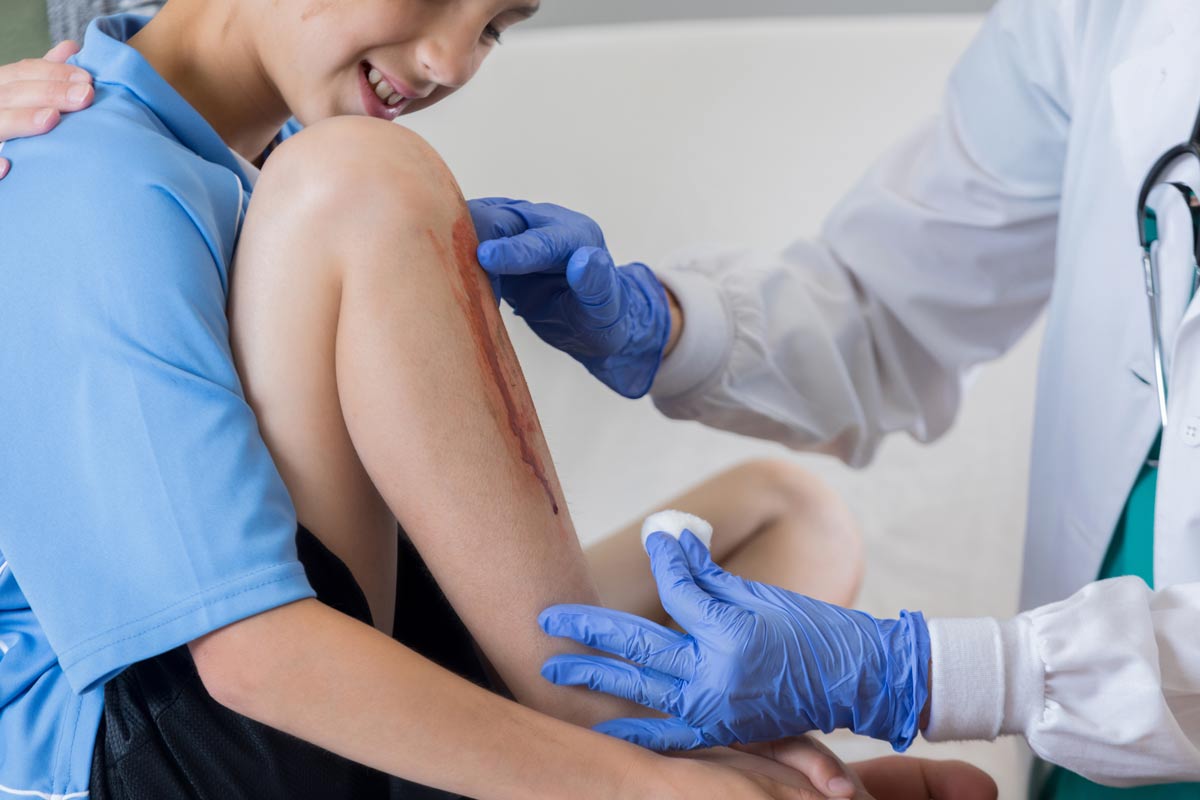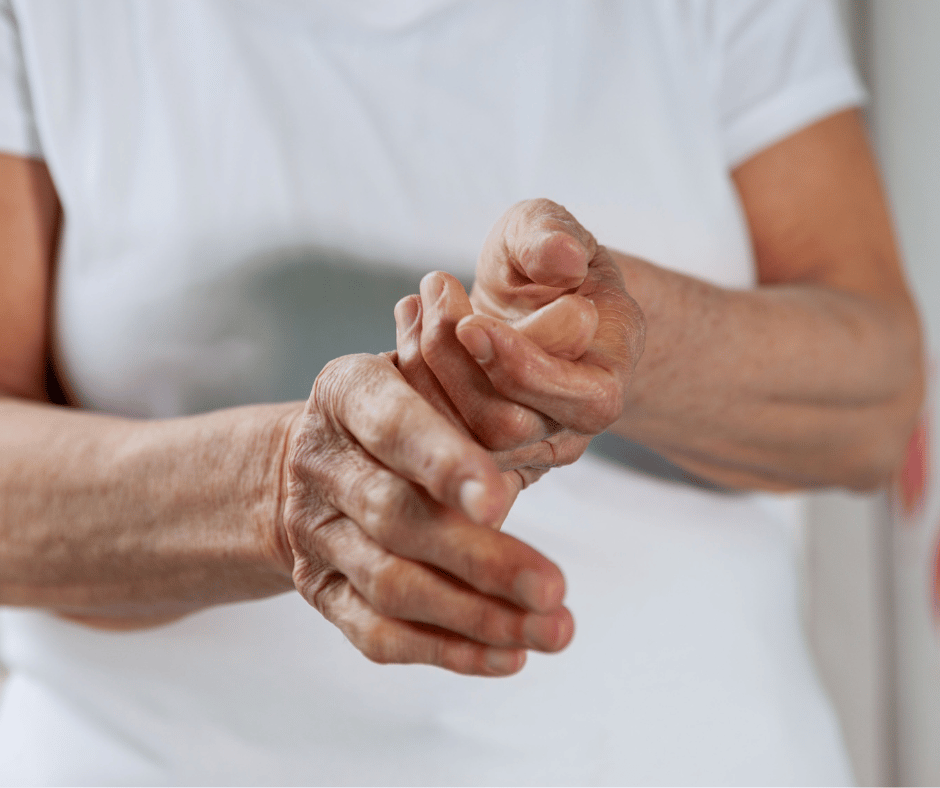Thumb sprains are common among elite athletes, but you don’t have to be an NBA star to end up with this injury. Something as simple as a fall can cause you to sprain your thumb, and the symptoms start immediately. Sprained thumb self-care works for minor injuries but isn’t enough when dealing with moderate to severe sprains.
Learn more about thumb sprains and determine if you should seek treatment from PRESNow 24/7 Urgent and Emergency Care.
Causes of Thumb Sprains
Your thumb has ligaments that connect the joint to the surrounding bone. You’ll have a mild, moderate, or severe sprain if you overstretch the ligaments. This often occurs by falling on your hands, forcing the thumb joint backward beyond the ligament’s capacity. Additionally, repetitive motions can damage the ligament slowly over time, eventually leading to a sprain.

Sprained Thumb Treatments
There’s not a one-size-fits-all approach to treating thumb sprains. Instead, doctors grade sprains based on the severity and recommend nonsurgical or surgical treatments. Start by evaluating your thumb to see what grade it is and which sprained thumb treatments suit you.
Mild Thumb Sprains (Grade 1)
The ligaments remain intact with mild thumb sprain, so the symptoms are mild. While you can expect to experience some discomfort, swelling, and bruising, you should maintain the full function of your thumb.
You can manage your symptoms at home by immobilizing the joint with a splint, resting and elevating your hand, icing the thumb, and wearing a compression bandage. While prescription sprained thumb medication isn’t necessary, you can take over-the-counter pain relievers to help with swelling and discomfort.
If you have a mild sprain, your symptoms should lessen or subside within 48 hours. If you’re still dealing with symptoms, visit urgent care for a diagnosis. You might have a more severe sprain or a fracture.
Moderate Thumb Sprains (Grade 2)
Moderate thumb sprains are more severe since the ligament partially tears when it stretches beyond its capacity. Like mild sprains, Grade 2 injuries cause pain, swelling, and bruising, but the symptoms are typically more intense. Moderate sprains can also impact the thumb’s range of motion and function. If you try to treat a moderate sprain at home, you could end up with long-term damage, including chronic pain.
Surgery usually isn’t needed for moderate sprains. However, you must wear a splint to immobilize the joint until it heals. Your doctor also might recommend stretching exercises to restore mobility as you recover. You can also take over-the-counter sprained thumb medication to manage your symptoms.
Severe Thumb Sprains (Grade 3)
You have a severe thumb sprain if the ligament completely tears, meaning your thumb joint and bone are no longer connected. Severe thumb sprains cause intense pain and significant swelling and bruising. Joint instability and loss of function are also common with severe thumb sprains.
In most cases, surgery is needed to reattach the ligament to the bone for severe sprains. You’ll wear a cast or splint for up to 12 weeks after surgery and need to attend physical therapy to restore mobility and function. Surgical repair allows people to avoid long-term complications, including chronic joint instability.
Sprained Thumb or Fracture?
Thumb sprains and fractures cause pain, swelling, bruising, and tenderness. However, the source and the intensity of the pain differ. Applying pressure to a fracture causes intense pain, while you’ll feel pain coming from soft tissue with a sprain. Sprains don’t have these symptoms because broken bones can also cause tingling and numbness. Also, the thumb should retain its normal shape if sprained, but it will look mishappen if the bone is broken.
Even with these clues, it can be challenging to determine if your thumb is broken or sprained. Your doctor can examine you and run diagnostic tests to check the bones and soft tissue. After diagnosing the injury, you can begin treatment and begin to heal. Treating broken bones differs from treating sprains, so a proper diagnosis is vital.
Sprained Thumb Treatment in Albuquerque

Unlike most ERs or urgent care centers in the area, PRESNow 24/7 Urgent and Emergency Care in Albuquerque, patients are only billed for the level of services they need. The ER and urgent care are open 24 hours a day, every day. No appointment is required for in-person visits.
PRESNow 24/7 Urgent and Emergency Care has four convenient locations:
- PRESNow 24/7 Urgent and Emergency Care Paseo/San Pedro is located at 6400 Paseo Del Norte Blvd. NE, Albuquerque, NM 87113, and may be reached at 505-596-2100.
- PRESNow 24/7 Urgent and Emergency Care Coors/Western Trail is located at 4515 Coors Blvd. NW Albuquerque, NM 87120, and may be reached at 505-596-2200.
- PRESNow 24/7 Urgent and Emergency Care Isleta/Rio Bravo is located at 3436 Isleta Blvd SW, Albuquerque, NM 87105, and may be reached at 505-596-2300.
- PRESNow 24/7 Urgent and Emergency Care Menaul/Pennsylvania is located at 7400 Menaul Blvd NE, Albuquerque, NM 87110, and may be reached at 505-596-2400.















